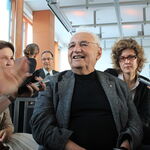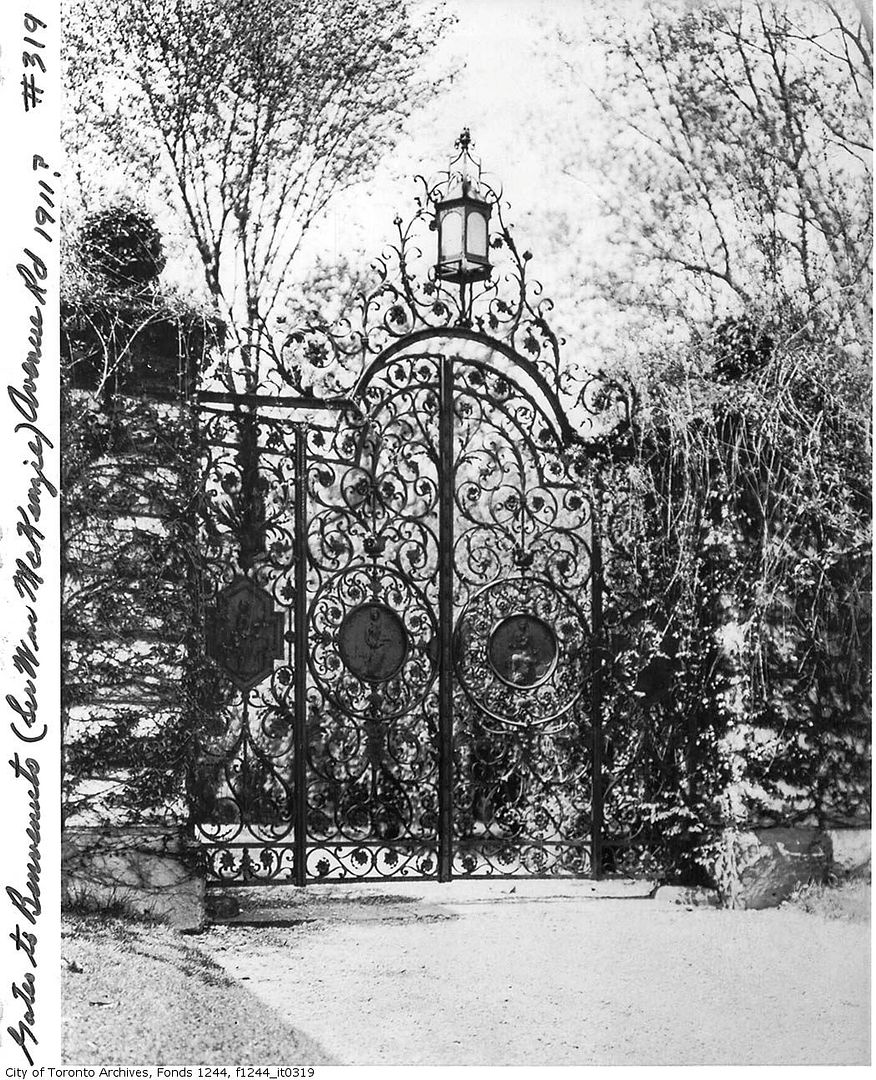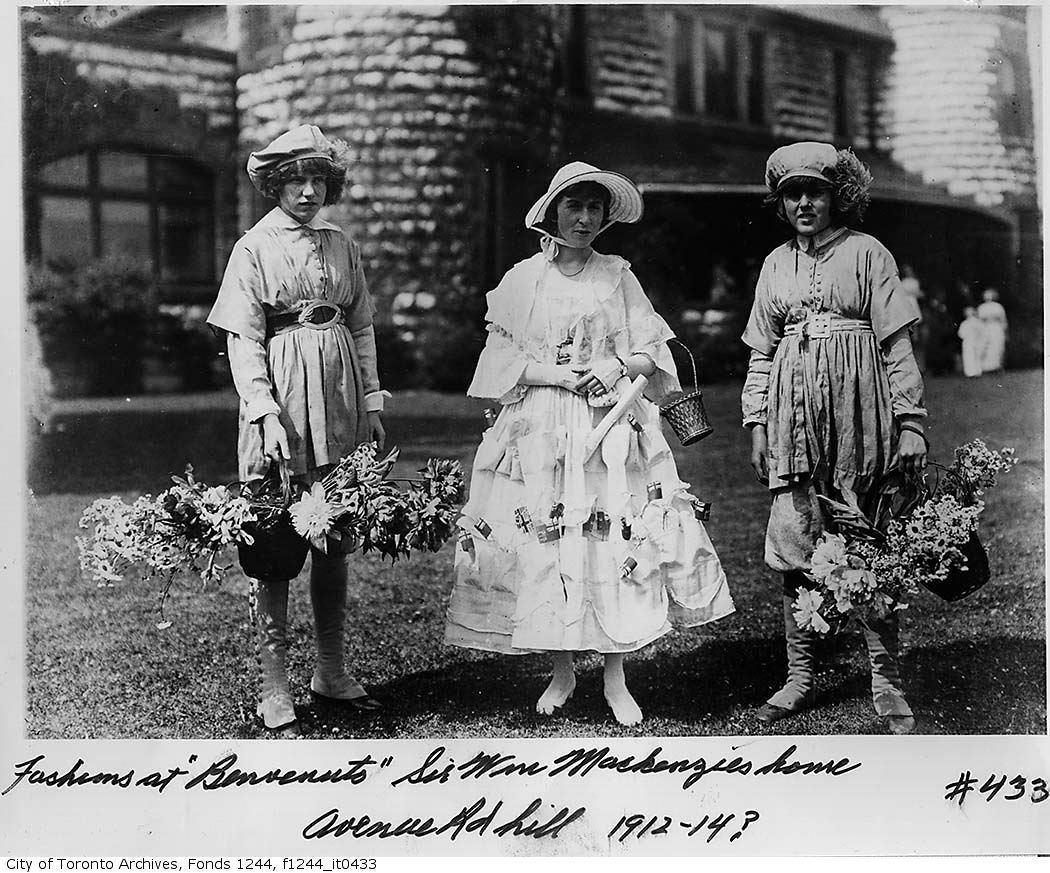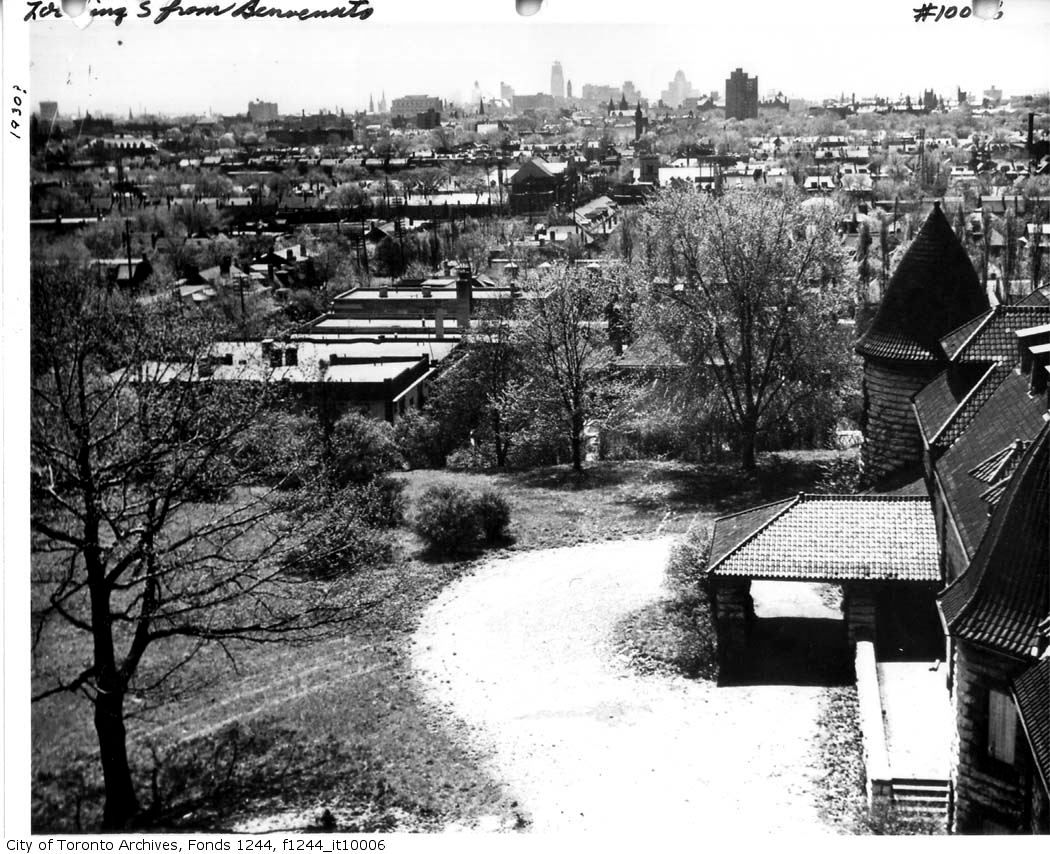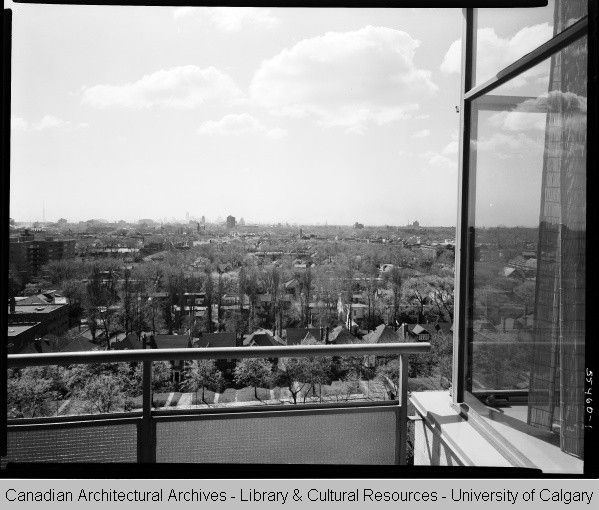UrbanToronto has partnered with
Heritage Toronto to capture a moment in Toronto's past. On a weekly basis, we will both be highlighting a historic photo of the city's people, places and events, and will be telling the stories behind them.
Many thanks to both Gary Switzer of MOD Developements and Maya Bilbao for putting together the photos and research.
This week's photo:
The Armouries
For some, the name, “The Armouries†immediately conjures up images of a majestic building on University Avenue.
The Armouries long since demolished, were built between 1891 to 1893 by architect Thomas Fuller to house the local militia regiments and host trade shows and social engagements. Initiated by the federal Department of Public Works, it was one of several across Canada that were built in the 1880s and 1890's. For a time, they were the largest buildings of their kind in North America, and certainly in Canada, located north of Queen Street on the east side of University Avenue. The architect designed the Armouries in the Romanesque style using red brick and fine Kingston limestone to echo the solidity and power of the militia. To some, it had the look and feel of a castle!
Inside could be found a massive drill hall, bowling alleys, and rifle ranges. The Armouries were used during the Boer War, and the First and Second World Wars. In 1963 they were demolished in response to need for space to accommodate the provincial courts at Osgoode Hall.
The Armouries is remembered by the naming of Armoury Street that runs near the site. To some, the Armouries was among the greatest buildings of 19th century Toronto.
Sources:
Lost Toronto, p. 139
http://www.cmhg.gc.ca/cmh/image-519-eng.asp?page_id=557
http://www.cmhg.gc.ca/cmh/image-519-eng.asp?page_id=557




